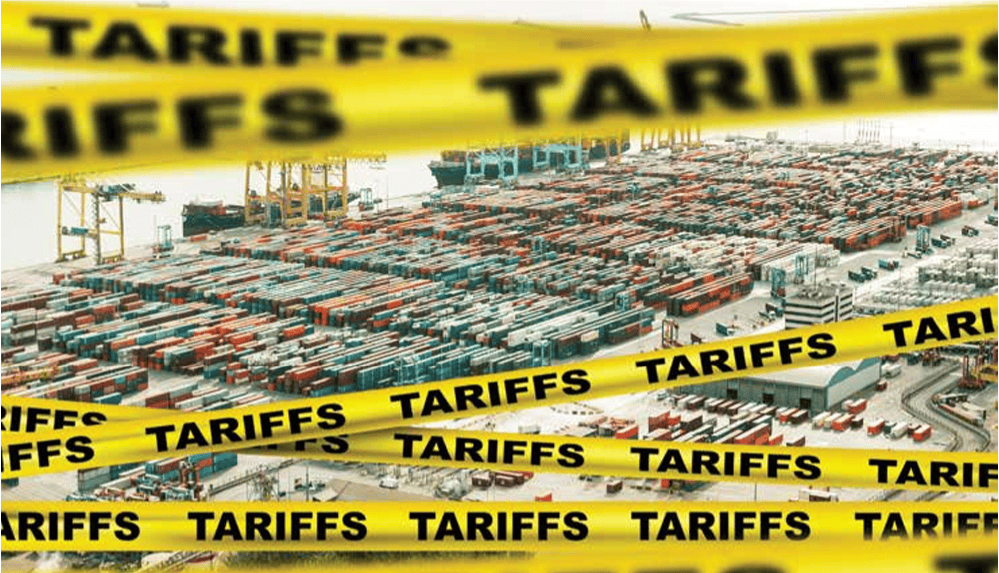On November 15, 2022, the Food and Drug Administration (FDA) issued a final rule on food traceability designed to facilitate faster identification and rapid removal of potentially contaminated food from the market, resulting in fewer foodborne illnesses and/or deaths. The new rule is part of the Food Safety Modernization Act (FSMA) and implements Section 204(d) of the legislation. FDA was under a court order to complete the rulemaking by November 2022.
At the core of the rule is the Food Traceability List (FTL), which designates a series of foods that, when handled by companies across the supply chain, trigger the rules requirements. The FTL includes fresh cut fruits and vegetables, shell eggs, nut butters, certain fresh fruits, fresh vegetables, ready-to-eat deli salads, cheeses and seafood products. FDA added the word “fresh” to certain foods, to clarify that these foods are only on the FTL in their fresh form. If a food designated as “fresh” on the FTL is changed to a non-fresh form (e.g., through freezing or drying), then the food would no longer be on the FTL. For example, fresh spinach is on the list, but frozen spinach would not be covered by the rule because only the fresh form of this product is listed on the FTL. Frozen cheese is also not on the FTL and therefore not covered by the final rule. However, for finfish, crustaceans, and molluscan shellfish, both the fresh and frozen forms of those products are on the list and covered by the final rule.
Meat and poultry continue to be under the jurisdiction of the U.S. Department of Agriculture and are not included on the FTL. In addition, foods intended for consumption by animals are not covered by the FTL. Facilities that manufacture, process, pack or hold food on the FTL are required to maintain records including Key Data Elements (KDEs) related to Critical Tracking Events (CTEs). Covered firms and farms, retail food establishments and restaurants will be required to provide information to the FDA within 24 hours, or some reasonable time to which the FDA agrees.
Critical Tracking Events
Below are the CTEs identified by FDA for purposes of the rule. GCCA members may be engaged in multiple CTEs, depending on what services are provided to customers that are related to FTL foods. At a minimum, many refrigerated warehouses will be involved in “Shipping” and “Receiving.”
Harvesting
Harvesting applies to farms and farm mixed type facilities and means activities that are traditionally performed on farms for the purpose of removing raw agriculture commodities (RACs) from the place they are grown or raised and preparing them for use as food.
Cooling
Cooling means active temperature reduction of a RAC using hydrocooling, icing (except icing of seafood), forced air cooling, vacuum cooling or a similar process.
Initial Packing
Initial Packing means packing a RAC, other than a food obtained from a fishing vessel, for the first time. First Land-Based Receiver First Land-based Receiver is the person taking possession of a food for the first time on land, directly from a fishing vessel.
Shipping
Shipping is an event in a food’s supply chain in which a food is arranged for transport (e.g., by truck or ship) from one location to another location. Shipping does not include the sale or shipment of a food directly to a consumer or the donation of surplus food. Shipping does include sending an intracompany shipment of food from one location at a particular street address of a firm to another location at a different street address of the firm. The rule defines shipping to mean an event in a food’s supply chain in which a food is arranged for transport (e.g., by truck or ship) from one location to another location. Records must be kept regarding both locations, i.e., the location where the shipping event began and the location where it ended (i.e., where the food was received). However, it is not necessary to have records of the route the food took, including any instances where it may have been moved from one carrier to another. The rule requires that records be kept when a product changes physical location, regardless of whether the shipper and receiver are under the ownership or operational control of the same company (as in an intracompany shipment). Therefore, the definition of “shipping” in the final rule specifies that it includes sending an intracompany shipment of food from one location at a particular street address of a firm to another location at a different street address of the firm; FDA has added a similar clarification to the definition of “receiving.”
Receiving
Receiving is an event in a food’s supply chain in which a food is received by someone other than a consumer after being transported (e.g., by truck or ship) from another location. Receiving includes receipt of an intracompany shipment of food from one location at a particular street address of a firm to another location of the firm at a different street address.
Transformation
Transformation is an event in a food’s supply chain that involves manufacturing/processing or changing a food (e.g., by commingling, repacking or relabeling) or its packaging or packing, when the output is a food on the FTL. Transformation does not include the initial packing of a food or activities preceding that event (e.g., harvesting, cooling). FDA defines transformation as an event in a food’s supply chain that involves manufacturing/processing a food or changing a food (e.g., by commingling, repacking or relabeling) or its packaging or packing, when the output is a food on the FTL. Repacking an FTL food is always a transformation event under the rule, and it often (but not always) will require a new traceability lot code.
Key Data Elements
For each CTE, FDA has established a set of Key Data Elements (KDEs) that are required related to the covered food. KDEs are the key pieces of information that a company must maintain and have available for FDA upon request. For example, the Receiving KDEs are:
- Traceability lot code for the food
- Quantity and unit of measure of the food
- Product description for the food
- Location description for the immediate previous source (other than a transporter) for the food • Location description for where the food was received
- Date you received the food
- Location description for the traceability lot code source or the traceability lot code source reference
- Reference document type and reference document number
Traceability Plan
All facilities subject to the rule must develop a traceability plan. Such plans must include the following elements:
- Description of the procedures you use to maintain the required records, including the format location of the records.
- Description of the procedures you use to identify foods on the FTL that you manufacture, process, pack or hold.
- Description of how you assign traceability lot codes to foods on the FTL, if applicable. • Statement identifying a point of contact for questions regarding your traceability plan and records. • You must update your traceability plan as needed to ensure that the information reflects your current practices and to ensure you are in compliance with the rule.
- You must retain your previous traceability plan for two years after you update the plan.
Compliance Date
FDA has stated that because the Food Traceability Final Rule requires entities to share information with other entities in their supply chain, the most effective and efficient way to implement the rule is to have all persons subject to the requirements come into compliance by the same date. The compliance date for all persons subject to the recordkeeping requirements is January 20, 2026.
GCCA members are strongly encouraged to familiarize themselves with the new rule and begin preparing for compliance. FDA is expected to provide additional guidance to industry regarding the rule, and GCCA will provide additional information to members when it becomes available.



